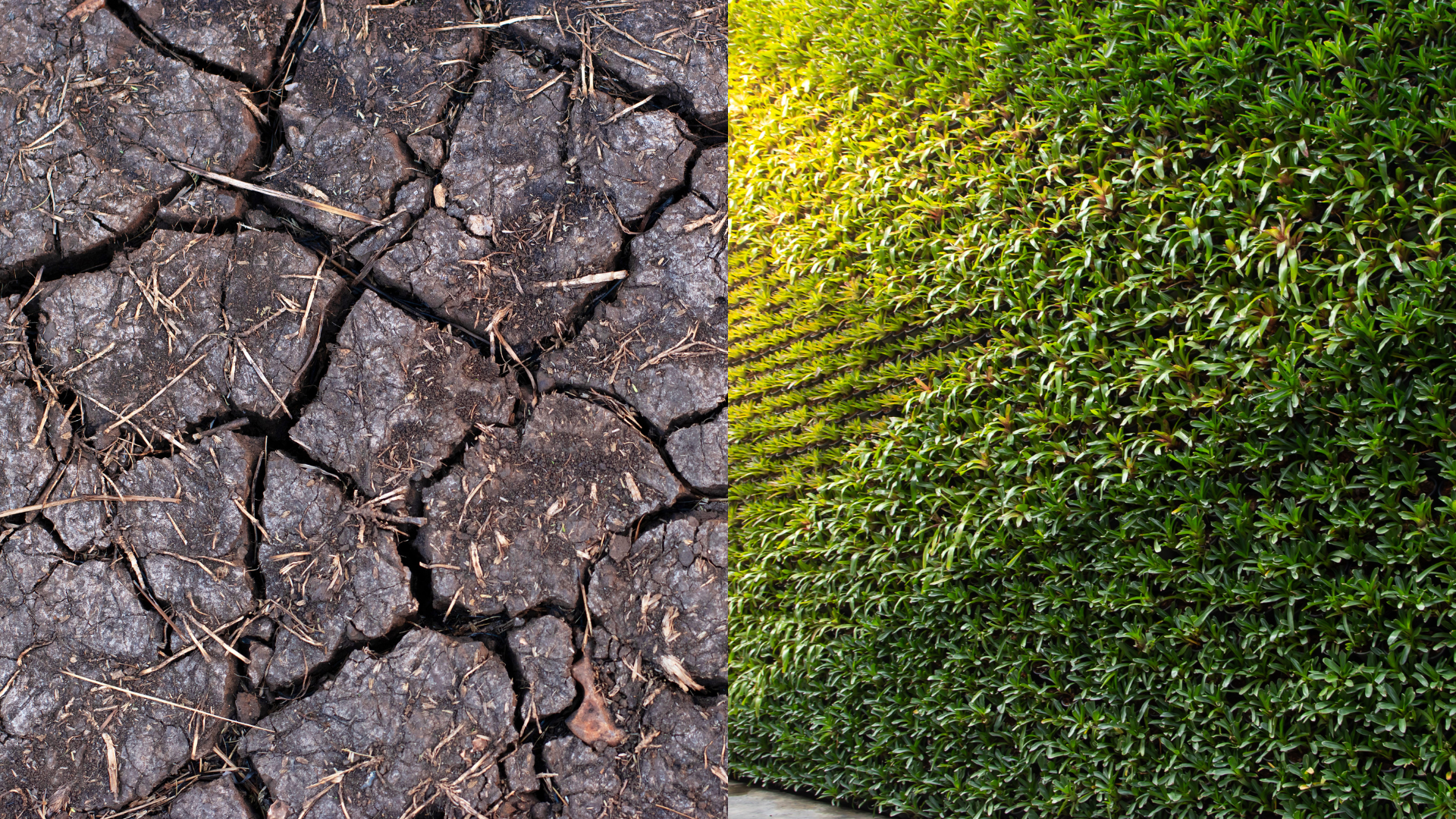Blog
Let's Fight Together for Water Scarcity

Water scarcity is a pressing global issue that demands our immediate attention and collective efforts. As we face the consequences of climate change and population growth, finding sustainable solutions becomes crucial. In this pursuit, vertical farming and live walls emerge as innovative and effective strategies to not only combat water scarcity but also revolutionize the way we produce and consume food.
Understanding Water Scarcity:Water scarcity, characterized by an insufficient supply of fresh water to meet the demands of a region, has become a widespread concern. Growing population, climate change, and unsustainable water management practices exacerbate the problem, putting stress on our precious water resources. It is imperative that we explore alternative methods to alleviate the strain on conventional agriculture, which is a major contributor to water depletion.
Enter Vertical Farming:Vertical farming is a groundbreaking approach to agriculture that involves growing crops in vertically stacked layers or inclined surfaces. This method utilizes controlled environments such as indoor facilities or urban spaces to optimize resource use and reduce environmental impact. Vertical farming holds immense potential in addressing water scarcity for several reasons.
- Resource Efficiency: Vertical farms make the most efficient use of land, water, and energy. By stacking crops vertically, the need for vast expanses of traditional farmland is significantly reduced, allowing for more sustainable land use.
- Water Conservation: Traditional agriculture often relies heavily on water-intensive irrigation systems. In contrast, vertical farming employs advanced irrigation techniques, such as hydroponics and aeroponics, which use up to 90% less water compared to conventional methods.
- Year-Round Production: Vertical farming enables year-round production, eliminating the seasonal limitations of traditional agriculture. This continuous yield can contribute to food security and reduce the pressure on water resources during specific growing seasons.
Live walls, or vertical gardens, present another eco-friendly solution to water scarcity. These lush installations feature a variety of plants that grow vertically on building facades or other vertical structures. Live walls contribute to water conservation in the following ways:
- Rainwater Harvesting: Live walls can be designed to capture and utilize rainwater, reducing the demand for additional water resources. This sustainable approach not only benefits the plants but also helps replenish local groundwater.
- Air Quality Improvement: Live walls act as natural air purifiers, absorbing pollutants and releasing oxygen. By enhancing urban greenery, these installations create healthier environments and contribute to overall ecological balance.
- Heat Reduction: The vegetation in live walls provides shade and insulation, reducing the heat absorbed by buildings. This not only conserves energy but also minimizes the need for water-intensive cooling systems.
In the face of escalating water scarcity, embracing innovative solutions like vertical farming and live walls becomes imperative. These methods not only promote sustainable agriculture but also offer additional environmental benefits. As responsible stewards of our planet, let's unite in the fight against water scarcity by adopting and advocating for these transformative practices. By doing so, we can create a more resilient and sustainable future for generations to come.
COMMENTS
LEAVE A COMMENT
Provide us with your valuable thoughts about this blog. You can also allow us to keep you details for future comments.
